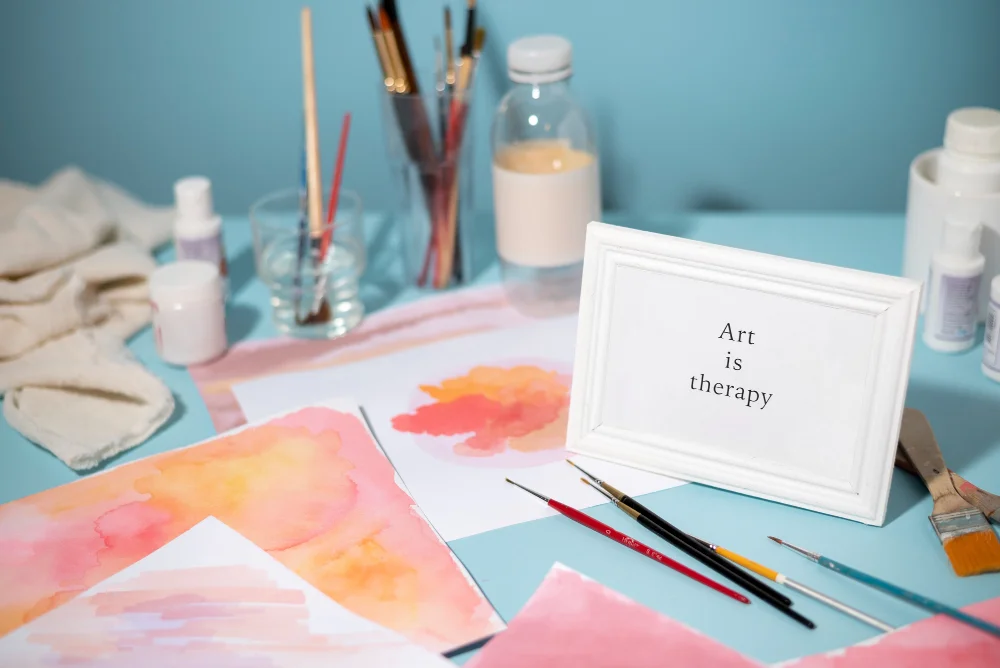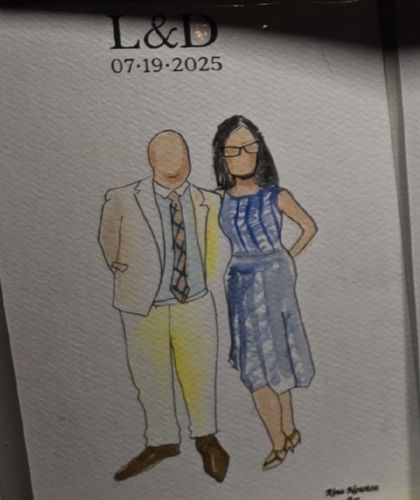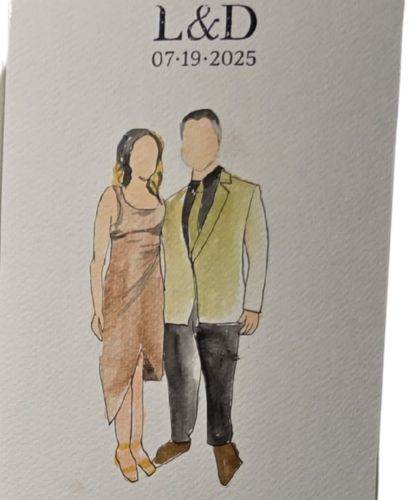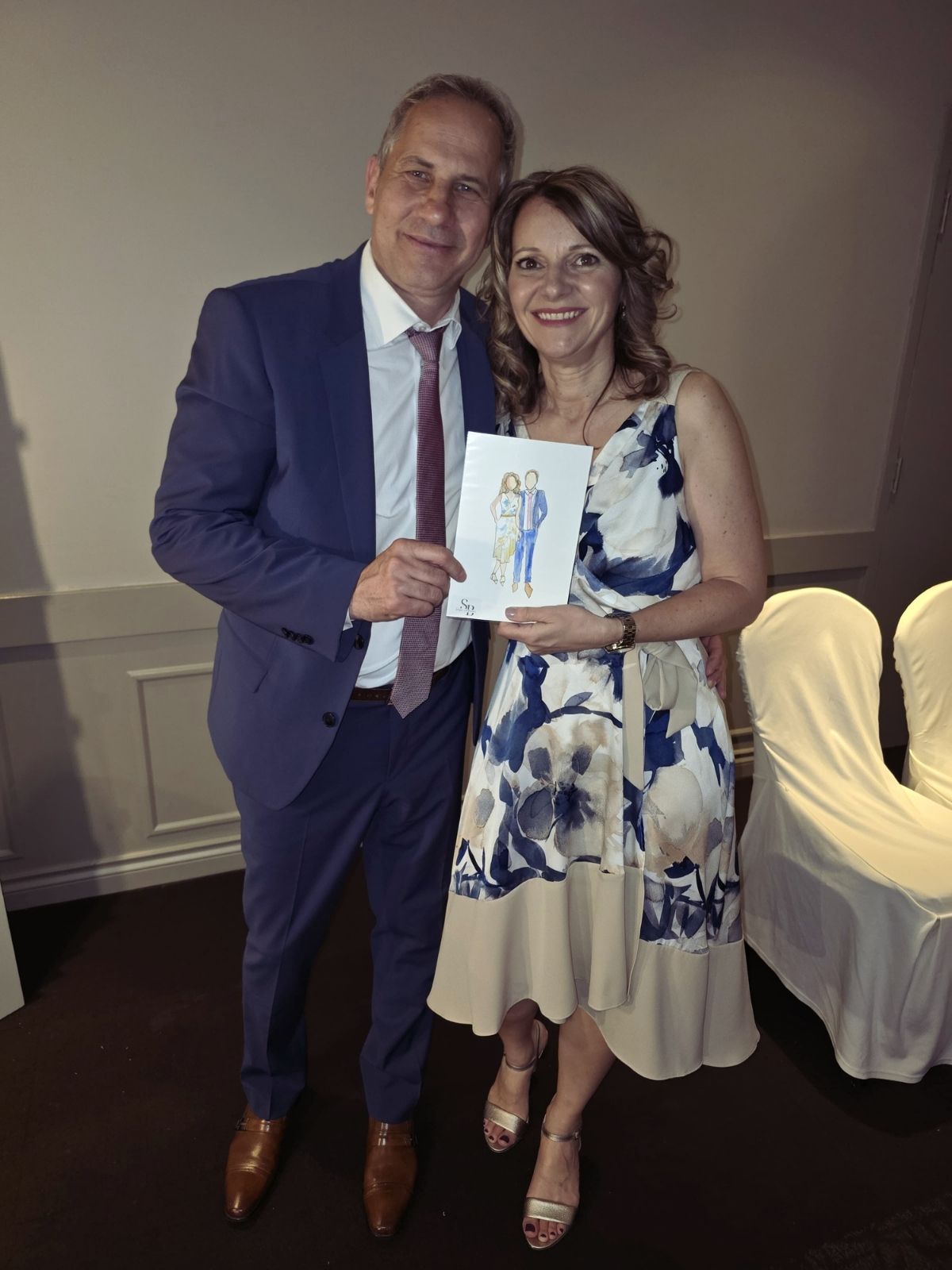For centuries, the world of art has been based on physical works: oil on canvas, carved marble, bronze sculpture. The worth of art was inextricably bound up with its physical singularity, the touch of the artist, and its pedigree mapped through galleries and auction houses. But a revolution is happening, fueled by the digital revolution and the revolutionary genius of Non-Fungible Tokens (NFTs). The art market is leaving the sanctified halls of physical galleries for the limitless, networked landscape of the web, radically changing the way that art is made, owned, and worth.
The Emergence of Online Art: A Medium in Search of Ownership
Digital art is not new. Artists have been playing with computers, software, and pixels since decades ago, producing marvelous works that range from detailed digital paintings and generative art to immersive 3D animations and interactive installations. Yet, digital art encountered a built-in challenge: its flawless reproducibility. Unlike a singular painting, a digital file can be replicated infinitely, prompting questions of authenticity, rarity, and finally, its singular value proposition. How was it possible to "own" a JPEG that anybody could click to download?
This dilemma kept much digital art in fringe circles, frequently displayed in exclusive collections or as fleeting experiences and not as highly prized assets. Its full potential for personal ownership and market engagement lay unrealized.
Then came the NFT: The Game-Changer
This is where Non-Fungible Tokens (NFTs) come in, as a digital certificate of authenticity and ownership, fueled by blockchain technology. Essentially, an NFT is a one-of-a-kind digital identifier that cannot be duplicated, substituted, or divided, and is kept on a public ledger (the blockchain). While the actual digital artwork itself remains copiable, the NFT symbolizes verifiable ownership of the original or a limited number of that artwork.
This apparently easy innovation has deep consequences:
Restoring Scarcity to Digital Assets: NFTs introduce scarcity into the digital world. Just like there is a single Mona Lisa, an NFT guarantees there is only one provable "original" copy of a digital painting, or a limited number of special issues, even if the picture itself can be seen by anyone.
Verifiable Provenance: Each transaction of an NFT is posted to the blockchain, leaving an indelible and transparent record of ownership. This obviates the requirement for physical certificates and affords unparalleled transparency for collectors.
Empowering Artists Directly: NFTs enable artists to sell their art directly to the collector, avoiding intermediaries such as galleries and agents. This results in more artistic control and more of the profits. Also, most NFTs are created with "smart contracts" that enable artists to get a percentage of any subsequent secondary sale of their art, providing an ongoing income stream that was basically impossible in the traditional art world.
Reimagining the Artist's Landscape
The transition from canvas to NFT has been nothing less than revolutionary for artists:
Democratization and Global Access: Artists everywhere on the planet can now mint and sell art to a global community without requiring gallery representation or physical display space.
New Economic Models: In addition to direct sales, secondary market royalties provide unprecedented financial stability, enabling artists to profit from the long-term value appreciation of their art.
Creative Freedom: The digital format presents limitless possibilities — from generative art where code generates one-of-a-kind artwork, to animated NFTs, interactive experiences, and even artwork that changes over time. Artists have no longer been limited by the constraints of physical materials.
Community Building: NFT initiatives tend to build thriving online communities (on platforms such as Discord and Twitter), allowing direct contact among artists and collectors, and an experience of collective ownership and belonging.
A New Type of Collector and Audience
The shift isn't limited to artists. Collectors, too, are undergoing a paradigm change:
Accessibility: While some NFTs become outrageously expensive, others are within reach, enabling an expanded audience to be part of art collecting.
Digital Native Collection: A new generation of collectors who are familiar with digital assets and online communities is connecting with art in a style that fits their life.
Utility beyond Aesthetics: Some NFTs provide "utility" — benefits such as access to special communities, events, future releases, or even voting privileges in development of a project, transforming art into an experience or membership.
Speculation and Investment: Although not risk-free, the promise of quick value appreciation has lured a new generation of buyers, obscuring the distinction between financial speculation and art collecting.
Beyond the Hype: Challenges and Criticisms
The NFT arena, although revolutionary, is not controversy-free and faces challenges:
Environmental Impact: Early blockchain technologies such as Bitcoin and Ethereum prior to its "Merge" were energy-intensive, with their carbon footprint sparking concerns. Later technologies and Ethereum's transition to Proof-of-Stake are solving this.
Volatility and Scams: The market is extremely volatile, with prices ranging erratically. It's also rich hunting ground for scams, copyright infringement, and pump-and-dump schemes, calling for collectors to be careful and vigilant.
Copyright and IP: Although NFTs refer to title of ownership of a particular digital item, they do not automatically give copyright or intellectual property rights to the work itself, raising tricky legal issues.
Art vs. Speculation: Critics raise doubts if the emphasis is on the artistic value or just on profit-making, creating the belief that some of the NFTs are inflated speculation.
The Road Ahead
In spite of the hurdles, the path of digital art and NFTs looks towards an irrefutable transformation of the world of creativity. We can expect to witness:
Increased Integration: Convergence of physical and digital art, with NFTs as verification for physical works, or vice versa with digital components in physical art.
New Technologies: AI-based art, interactive VR/AR galleries, and immersive experiences will only lead the way in creative developments.
Emerging Utility: NFTs will increasingly provide singular benefits and experiences of their own aside from the visual artwork itself.
Regulation and Maturity: As the ecosystem expands, more mature legal structures and industry norms will develop, creating more stability and trust.
From the lone artist applying pigment to canvas, to international digital artists minting their own on the blockchain, the path of art is being revolutionized. NFTs have not only introduced a new medium to the art ecosystem; they have essentially rewired its foundations, presenting unprecedented possibilities for artists and collectors alike. The future of art is not only physical or digital; it's a dynamic, interconnected web where creativity has no limits.














